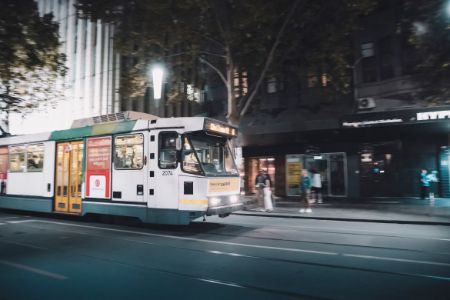No Car 🚙 No Cry 🥲
Our landlord asked if we'd consider giving up our car space. Google indicated that if you're spending less than $9,000 💰 a year on alternative transport e.g., bus, train, Uber etc., then it's cheaper than owning and maintaining a car. So, we agreed and they agreed to not put the rent up for three years (rather than reduce the rent). 👍

Melbourne (above) has its trams — which Bondi lost in 1961. Now, the time spent in traffic — the nightmare that is Bondi Road — can never be regained. And we do not miss our car in the slightest. We also use home delivery services when doing extra large shops and if we get stuck when out and about, we just Uber it!
The average weekly cost of running a car in Australia is now around $400 — a total made up of repayments, insurance, maintenance and petrol expenses.
And, ever notice how people actually interested in cars (either mechanically or socially) tend to be screaming deadshits — like the ‘car enthusiasts’ cruising Campbell Parade? 🤔
According to the Australian Automobile Association, the relationship between income and expenses determines purchasing power – or ‘affordability.’ Among Australian capitals, Hobart had the lowest total transport costs, with Sydney the highest. But, when costs are measured as a share of income, Hobart – not Sydney – is the capital with the least affordable transport.
In Australia’s three largest cities, typical households pay more than
$520a week for transport. AAA Transport Affordability Index.
Canberra remained the most affordable city by spending
14.6 per cent of income on transport while Hobart was the least affordable by spending 19.3 per cent. Sydney residents spent 16.5 per cent of income on transport, despite NSW having the highest absolute costs of all Australian states.
- ↜ Previous: Persistence is the 🥇 Prize
- ↝ Next: Fictional 🧠 Brains